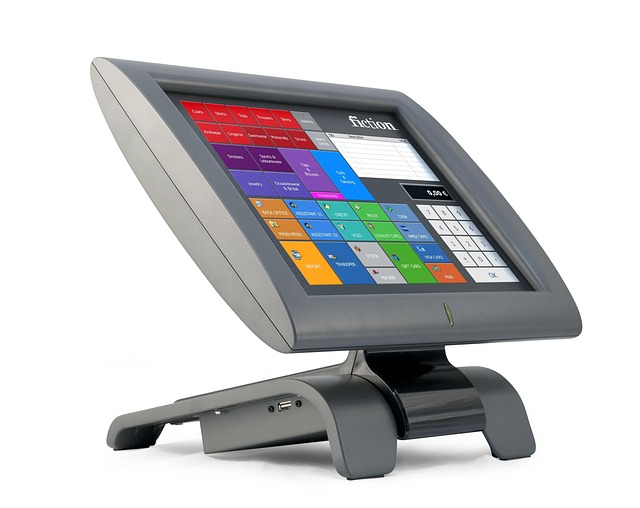In today’s fast‑moving business landscape, the fusion of dialogue systems and robotic platforms is reshaping how organizations interact with customers, optimize operations, and drive innovation. By allowing machines to understand and generate human‑like language, dialogue systems serve as the connective tissue between people and automation, turning once rigid processes into dynamic, conversational experiences.
The Core of Conversational Automation
At its heart, a dialogue system combines natural language processing (NLP), intent recognition, and contextual memory to interpret user input and produce relevant responses. When paired with robotics, these capabilities unlock a new realm of possibilities: robots can ask clarifying questions, explain their status, or request human assistance when needed. This interaction reduces friction and increases trust among users who might otherwise be wary of purely algorithmic decision‑making.
- Intent Detection: Recognizing the user’s goal—whether it’s scheduling a maintenance check or requesting product information.
- Context Management: Maintaining state across multi‑turn conversations so the robot remembers earlier requests.
- Multimodal Integration: Combining voice, text, and visual cues to create a richer user experience.
Customer‑Facing Robotics
Retail and hospitality sectors have begun deploying service robots that greet guests, offer assistance, or provide real‑time updates on wait times. Dialogue systems enable these robots to engage in natural conversations, ask for preferences, and adjust their behavior accordingly. For example, a hotel concierge robot can recommend nearby attractions based on a guest’s stated interests, all while maintaining a personable tone that feels less like a scripted announcement and more like a friendly chat.
“When a robot can say, ‘It looks like you’re heading to the spa, would you like me to reserve a slot for you?’, the line between automation and personalized service blurs,” notes a hospitality technology analyst.
Manufacturing and Industrial Automation
Inside factories, dialogue systems have become an integral part of human‑robot collaboration. Skilled workers can issue spoken commands to robotic arms, ask for status updates, or troubleshoot issues without relying on complex interfaces. The system’s ability to translate natural language into precise machine instructions reduces onboarding time and lowers the risk of human error.
Moreover, conversational interfaces support predictive maintenance. Workers can ask a robot, “When should I replace the belt on the conveyor?” and receive data‑driven recommendations based on sensor feeds and historical performance. This real‑time dialogue transforms maintenance from a reactive, downtime‑heavy task into a proactive, conversationally guided process.
Logistics and Supply Chain
The logistics industry benefits from robots that can navigate warehouses, manage inventory, and coordinate with human supervisors. Dialogue systems enable these robots to provide instant updates, ask for clarifications, or alert staff to anomalies. For instance, a picking robot might say, “I’m encountering an obstacle in aisle 4. Should I reroute or pause?” Such conversational exchanges streamline operations and prevent costly delays.
- Real‑time inventory checks: Robots can ask for confirmation before restocking.
- Dynamic routing: Dialogue systems help robots negotiate optimal paths with human operators.
- Safety coordination: Conversational alerts ensure that safety protocols are immediately communicated.
Data‑Driven Decision Making
Beyond direct interaction, dialogue systems aggregate conversational data that can be mined for actionable insights. By analyzing the frequency of certain queries, companies can identify pain points, improve product design, or tailor training programs. In robotics, this data feeds back into the learning loop, refining both the robot’s physical actions and its conversational responses.
Organizations that treat dialogue as a data source can develop adaptive algorithms that evolve with customer behavior. For example, a chatbot‑controlled warehouse robot might learn that certain product categories are frequently reordered, prompting it to prioritize those items for future restocking missions.
Challenges to Adoption
Despite the clear benefits, several hurdles remain. First, ensuring that dialogue systems understand diverse accents and dialects is a non‑trivial task, especially in global operations. Second, integrating conversational AI with legacy robotic control systems requires careful architectural planning to maintain safety and reliability. Finally, privacy concerns around voice data necessitate robust encryption and transparent data‑handling policies.
Addressing these challenges demands a multidisciplinary approach—bringing together linguists, engineers, cybersecurity experts, and ethicists to design systems that are not only effective but also trustworthy.
Future Outlook
As machine learning models grow more sophisticated, the line between dialogue systems and genuine human conversation will continue to blur. We can anticipate more robots that adapt their tone and style to individual users, delivering a truly personalized experience. Coupled with advancements in edge computing, these conversational agents will operate with lower latency, ensuring real‑time responsiveness even in mission‑critical environments.
In the near term, we expect broader adoption across sectors such as healthcare, where robotic assistants can interact with patients to gather symptom data, or in finance, where conversational bots guide users through complex regulatory procedures. Each new domain presents unique linguistic nuances, but the core principle remains: dialogue systems empower robots to collaborate seamlessly with humans.
Conclusion
Dialogue systems are no longer a niche enhancement; they are the catalyst that transforms static automation into engaging, adaptive collaboration. By equipping robots with the ability to converse, businesses unlock efficiency gains, improve customer satisfaction, and gain deeper insights from their operations. As technology matures, the partnership between language and motion will become a defining feature of modern enterprises, driving growth, resilience, and innovation.



